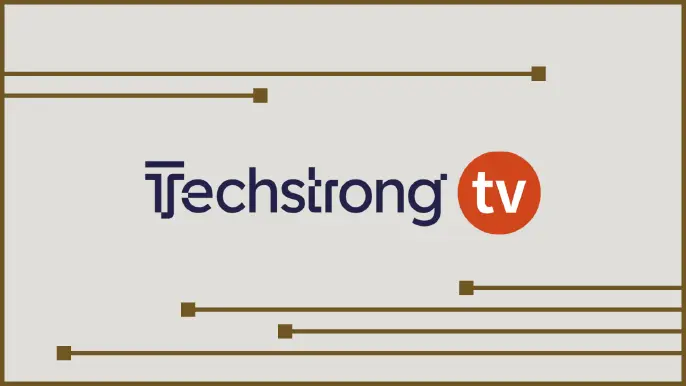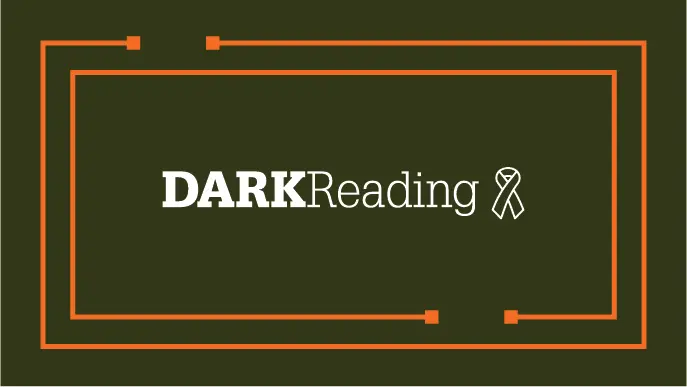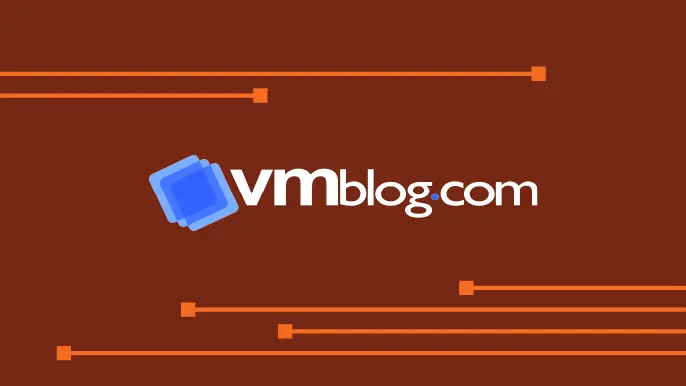
Charles Horton
COO
Charles Horton is a previous employee of NetSPI.
More By Charles Horton

e-ChannelNews: NetSPI Acquires nVisium, Bringing Together Top Penetration Testing Talent
February 3, 2023
NetSPI COO Charles Horton was featured in the E-ChannelNews interview called NetSPI Acquires nVisium, Bringing Together Top Penetration Testing Talent.

Techstrong TV: nVisium Acquisition
January 12, 2023
NetSPI COO Charles Horton discusses the acquisition of nVisium to further scale NetSPI’s offensive security solutions via Techstrong TV.

DarkReading: Breaking Down the Strengthening American Cybersecurity Act
May 11, 2022
On May 11, 2022, Charles Horton was featured in the DarkReading article, Breaking Down the Strengthening American Cybersecurity Act.

Help Net Security: 4 practical strategies for Log4j discovery
December 27, 2021
On December 27, 2021, NetSPI COO Charles Horton was featured as a guest writer for Help Net Security.

2022 Cybersecurity Predictions:
What to Expect in the New Year
November 12, 2021
Watch our 2022 cybersecurity predictions webinar, where our panel will tackle some of the most debated topics of the past 365 days and predict how each will evolve in the new year and beyond.

VMblog.com: 6 Tech Leaders Share their Outlook on the Great Resignation and how to React
November 11, 2021
On November 11, 2021, NetSPI COO Charles Horton was featured in an article written by David Marshall for VMblog.com.

Twin Cities Business: Blocking Cybercriminals from Accessing Company Data
October 4, 2021
A Minneapolis-based business has introduced a service to mimic ransomware attacks, so companies can uncover vulnerabilities in their cybersecurity.

How to Maintain Secure Social Interactions When Returning to the Office
July 7, 2021
Read tips for preventing social engineering attacks as your employees return to the office.

Ransomware Resiliency 101
June 29, 2021
Learn how to achieve ransomware resiliency as the impact of ransomware attacks increase.

Inc: 6 Things Every Small Business Needs to Know About Ransomware Attacks
June 25, 2021
On June 25, 2021, NetSPI Chief Operating Officer Charles Horton was featured in an Inc article.

HR.com: How HR Leaders Can Promote Cybersecurity Among Their Distributed Workforce
April 29, 2021
On April 29, 2021, NetSPI Chief Operating Officer (COO) Charles Horton was featured in an article on HR.com.

A Key Ingredient in a World Class Application Security Program: AppSec as a Service
April 7, 2021
In this presentation, NetSPI COO Charles Horton and Managing Director Nabil Hannan explore the evolution of “as a Service” offerings, and how these offerings are being applied successfully in application security programs.